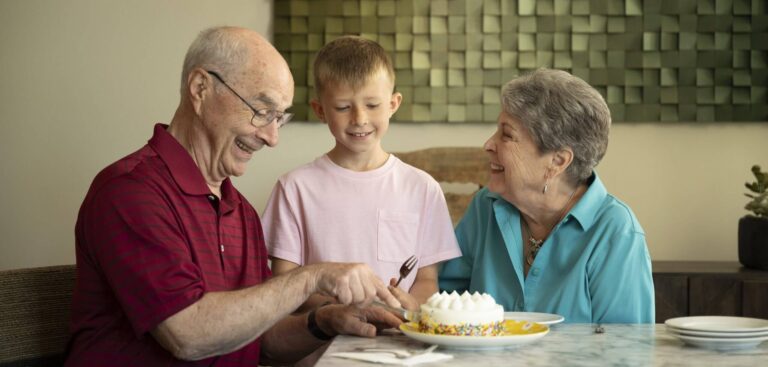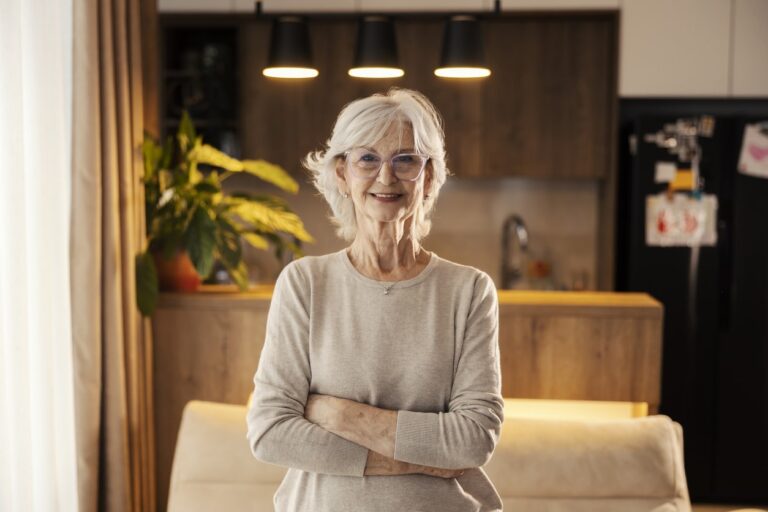As many older adults begin planning for the future, the idea of rightsizing has become increasingly important. Rightsizing isn’t just about moving …
Menu
Close
- Lifestyle
- Living Options
From independent living to memory care
- Our Campus
Picturesque views from every corner
- Financial Planning
Resources to a smart financial decision
- About Us
Our community
Explore
- Lifestyle
- Living Options
From independent living to memory care
- Our Campus
Picturesque views from every corner
- Financial Planning
Resources to a smart financial decision
- About Us
Our community
Explore
- _LifestyleLiving Options
From independent living to memory care
Our CampusPicturesque views from every corner
Financial PlanningResources to a smart financial decision
About UsOur community
Explore
- _LifestyleLiving Options
From independent living to memory care
Our CampusPicturesque views from every corner
Financial PlanningResources to a smart financial decision
About UsOur community
Explore








